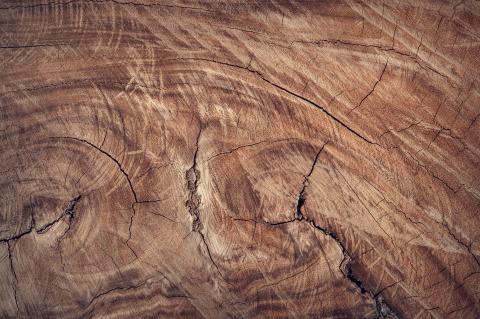
Overview
Technologies such as isotope, DNA and mass spectrometry can also help determine the origin of specific wood samples. Such testing can often determine the forest from where the wood originated provided samples from that forest are available for comparison.
FSC has developed a long-term plan to systematically address integrity risks in the supply chains of its certificate holders. Wood identification technologies are used as part of this plan to determine species and origin of harvest location(s).
FSC is conducting a wood identification pilot project focused on iso-archiving. At this time, we are not offering any commercial wood identification testing.

Podcast
Forest for the future podcast series. Episode 36: Providing proof of the origin of timber, an interview with Marc Jessel, Chief System Integrity Officer at FSC International
14.01.2022. How can wood identification technologies and more specifically systematic stable isotope testing help companies and the FSC system prove the origin of timber? That is the focus of this episode of Forest for the Future, where we dive into stable isotope testing and how FSC is going pilot the use of the technique to build an iso archive.

Podcast
Forest for the future podcast series. Episode 8: Can wood samples help save our forests and improve due diligence? interview with Roger Young, Agroisolab, and Phil Guillery, FSC
06.08.2020. How can gathering wood samples around the world help fight illegal logging and help companies perform due diligence? FSC is reinventing how wood samples can play a role in timber origin verification in a joint project of strong allies.




